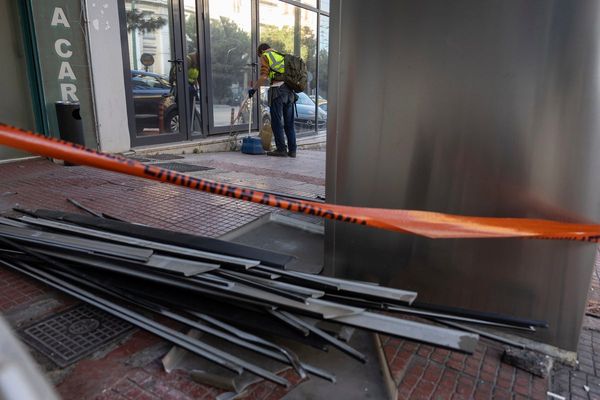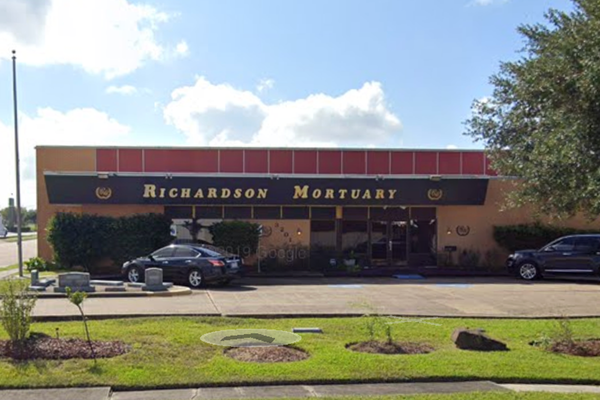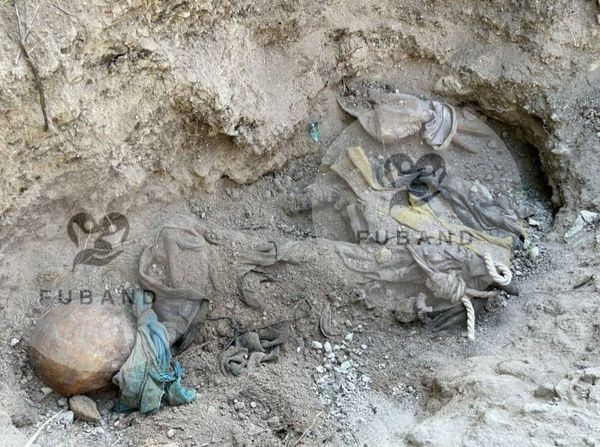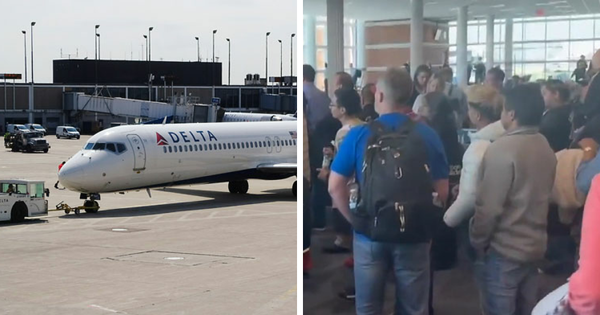
Seven months after the worst floods in Australia’s modern history lapped at the roof of Jenny’s* home, she moved back in. The sludge was mopped up, the electrics rewired and a new kitchen installed.
The next year, in 2023, Jenny was offered the value of her home as part of the New South Wales government’s buyback scheme on Lismore’s flood plain. Aged in her early 70s, she took the deal after being assured her home would ultimately be relocated and someone else would make it their home.
But now that home in northern NSW is set for demolition. It is one of 122 house that will be or has already been torn down. The NSW Reconstruction Authority say there may be more. Accusations are flying that the state government is demolishing homes that should be moved.
This week at least two more homes have been demolished in North Lismore amid community protests and demands the homes be relocated.
‘Illegal activity’
Some locals complain there is not enough transparency over how the government decides which homes get demolished.
In February, before Tropical Cyclone Alfred, a resident who lived on Union Street in Lismore was told her home would be demolished due to structural reasons. She spoke on condition of anonymity.
But in a report commissioned by the RA into the structural integrity of her home, seen by Guardian Australia, it states the building does not require demolition and that it has not been structurally compromised.
“They need to explain what has changed,” she says.
When Jenny learned in March that her former home would be demolished, she asked the RA why.
In an email, seen by Guardian Australia, the authority responded: “The homes prioritised for demolition are considered high-risk properties.
“The risk level is attributed to a number of factors, including property location, evacuation orders associated with recent weather events and illegal activity in the immediate or surrounding area.”
Jenny says after she asked the RA what the “illegal activity” was, she was told it was squatters in the area. To her knowledge, she says nobody was squatting in her home.
After Tropical Cyclone Alfred, the NSW premier, Chris Minns, took a firm stance against the squatters. He vowed to “draw a line in the sand”.
“That means demolishing those houses and ensuring that we can get on with life in the northern rivers,” he said.
In January Chels Hood Withey began squatting in a house. It was the only home in a street in Mullumbimby to be bought back by the state. Withey, who is a housing advocate, moved in after the RA rejected her efforts to turn the home into a community hub.
Withey is one of a number of squatters – referred to in the court proceedings as “persons unknown” – the government has taken to the supreme court in a bid to evict them.
Withey says people have come to the house telling her they are there to assess whether the home will be demolished but it’s not yet clear if it will be.
She argues that the home is perfectly fine and should be retrofitted or raised.
“We are in a housing crisis with people like me struggling to find anywhere affordable to live,” she says.
The acting chief executive of the RA, Mal Lanyon, told a budget estimates hearing on Friday that the homes squatters are living in were yet to be assessed. He also said it was not clear yet how many homes in total will be demolished.
Unlocking the land
Concerned locals acknowledge there are homes on the flood plain that require demolition.
The problem, they claim, is that planned demolitions appear to include what are affectionately known as “big scrub homes”.
“The timber is old-growth rainforest that will never be logged again,” says Oliver Buckworth, who runs a business in the region that salvages materials for new homes. “It’s hardwood that’s incredibly resilient, rare and completely irreplaceable.
“It can get wet all day long. It could be submerged in water for months and still be fine.”
The community has seen mistakes made before.
After Luke Asha received a buyback offer, he also signed a contract with the RA to more his home – a beloved big scrub in Lismore.
But in August, two months before his contract ended, it was demolished without his knowledge. The RA compensated him $40,000 for breaking the contract.
“It was a very unique house,” he says.
Owners offered a buyback deal from the government can move their homes or gift the house to someone else to relocate. A program was also launched in August last year to unlock land for the homes to be moved to.
But the Greens MP Sue Higginson, who lives in the northern rivers, argues that unlocking the land is a crucial part of the program that has taken too long, leaving relocatable homes vacant and waiting.
Only 14 homes have been moved so far since the floods, with 152 more waiting. A further 374 are to be assessed for suitability, according to the RA.
An RA spokesperson said it expected land to be available in Mount Pleasant at the end of this year, with 85 more lots on North Lismore plateau at the end of 2026.
Ian Graham, who runs a business that moves homes, says relocations have stalled because of bureaucratic red tape.
“The rules keep changing,” he says.
He says the government should have identified homes that were fit for relocation, pulled them apart and stored them on land until they were auctioned off.
‘It’s emotive’
The local Labor MP, Janelle Saffin, who is the newly appointed recovery minister, says homes are assessed before demolition.
“They look for things like asbestos, hazardous materials, toxic mould and structural issues,” she said. “Other homes, like homes that are slab on ground, cannot be relocated for basic engineering reasons.
“Many of these homes have had flood water and blackwater run through them. Some are full of toxic mould, while others have asbestos and lead paint.”
She did not respond directly to the suggestion some homes were being demolished and not relocated because of squatters, only saying: “People cannot live in this area any more because it is not safe.”
During a budget estimates hearing on Friday, Higginson asked Lanyon if the RA could be more transparent with communities about demolition decisions, arguing that the process was creating division and confusion.
Lanyon replied: “There will be challenges in doing that because of the nature and, as you said, it’s emotive.”
Jenny used her buyback money to move to Coffs Harbour as she cannot afford to live in Lismore any more. She still does not know what date her home will be demolished.
“This process been incredibly retraumatising,” she says.
* Jenny did not want her full name published for privacy reasons







